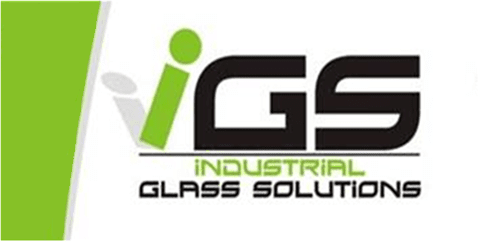FAQ
FAQ
If you would like to know more about the products we offer here at Industrial Glass Solutions in Gladstone, see below. We have compiled some of our most frequently asked questions for you to browse through.
If you have more questions or would like a quote, our team are ready to help, so call today.
- Q: Why do I need safety glass?
A: Aside from the practicality, Australian Standards AS1288 2006 and AS 1288-94 require safety glass to be installed anywhere accidents can occur to prevent injury. This is to prevent further risk of harm, especially to children, in the event of an accident without compromising on design.
- Q: What's the difference between transparent, translucent and opaque and can I get glass or plastic in these varieties?
A: Simply put, they are all referring to how much light can pass through a material such as glass or plastic. Transparent glass is clear and allows light to pass through easily such as with windows. Translucent (like a frosted effect) glass allows light, but obscures what's on the other side, which is popular when privacy is desired. Opaque sheets, such as coloured Perspex, are a solid colour and do not allow light to pass through, like with signage.
- Q: How should I clean my new glass, acrylic or polycarbonate?
A: Glass can be cleaned with household glass cleaner, with a soft cloth, paper towels or more specialised equipment such as squeegees. Perspex and Lexan plastics should be cleaned with just a mild household detergent and a soft cloth.
Avoid commercial cleaning products that contain ammonia, chlorine or other harsh chemicals as this can potentially burn the surface. If your thermoplastic has become scratched, it is possible to buff the scratch out, but only use industry-approved polish and follow all directions.
- Q: What is the difference between Lexan and Perspex?
A: Perspex and Lexan are both thermoplastics, which are types of plastic malleable above a specific temperature and that solidify when cool. Perspex is a brand of acrylic and Lexan is a brand of polycarbonate. The main differences between the two are price, impact resistance, UV resistance, clarity and availability of colours.
Lexan is the more expensive and more durable option, but will yellow over time, reducing its clarity, and it only comes in a limited range of colours. Perspex is more decorative, used in signage and as ornamentation and so comes in a wide variety of colours with a cheaper price tag. Let one of our staff advise you as to which is more suitable.
- Q: Can I drill into my Lexan or Perspex?
A: Lexan and Perspex are similar materials but worlds apart in terms of malleability. Lexan polycarbonate sheeting can be cold-formed or bent without heating, and drilled into without worry of cracking. Perspex acrylic sheeting is more rigid, and while it is easier to cut it can crack more easily than Lexan, so we do not recommend drilling into it. One of our experienced staff can advise you on which is the most suitable material for your project.






